 Best ways to get pregnant fast, pregnant food stamps, during ...
Best ways to get pregnant fast, pregnant food stamps, during ...Center for Health Journalism
University of Southern California
Last Halloween, I met Lynn in front of her apartment building in Brownsville, a neighborhood in Brooklyn which has one of the highest crime rates and poverty in New York City. Lynn has agreed to be part of a randomized controlled trials that measure the impact of antipoverty program called. She was eight months pregnant and support herself and two children on an annual income of only $ 10,000.
As he drove us inside with several shopping bag in each hand, he explained that he SNAP benefits, also known as food stamps, just come in and he wants to make sure there is food in the house before the children his son got home, especially since it was a holiday. In the narrow kitchen, he unloaded into rare and refrigerator cabinets that hold some leftover mashed potatoes but not much else. Before I could begin our interview, Lynn emptying cartons of eggs into a bowl, pulling out a small paint tray and begin brushing color to each dimple of the carton. "I'll strap it on my stomach and into gumball machines for Halloween," he said.
As we speak, the general pattern of food shortages arise. While there are no national data on how much many pregnant women experience food insecurity, we know that households with children are much more likely to run out of food. , 17 percent of households with children feel unsafe food, compared to 11 percent of households without children. And despite the safety net programs such as SNAP and Women, Infants and Children federal nutrition program (WIC) is very important for reducing hunger and poverty, it is often not enough. According to the latest, about half of the households receiving SNAP, and 4 in 10 households receiving WIC, food insecurity report.
The mother of my interview, if anything, worse. Our study is the evaluation of a program called Room to Grow, which combines social support and material (books, toys, clothing and equipment) for mothers and babies in the first three years of life. Two-thirds of pregnant women in the study received either WIC and SNAP, but even with both of these benefits, many women do not get the food they need. Data from our evaluations show that only 28 percent of respondents who receive WIC and SNAP said their food was never in trouble, while 41 percent reported a moderate level of difficulty and 31 percent by weight of the food difficulties.
These figures are striking. Taken together, this means that most of the women we spoke consistently good to worry about not having enough food or repeatedly run out of food.
SNAP and WIC, are two of the largest program provides food assistance to low -income pregnant women. SNAP works like a debit card: by level of family income, monthly allowances loaded onto a card used for the purchase of foodstuffs. While the needs of pregnant women increased caloric intake, pregnancy does not affect SNAP benefits - as members of the household baby until birth. Similarly, WIC provides food vouchers to supplement the nutritional needs of mothers and children. The latest national data analyzed by Columbia University showed that about four in 10 low-income mothers with babies is the recipient of WIC and SNAP. Because of poor and low-income pregnant women eligible for both, they are arguably the most "closed" when it comes to food shortages.
But as Lynn story illustrates, even double coverage often fail to fill the gap. Like many expectant mothers, Lynn oscillate between nausea of morning sickness and hunger from appetite increases. In some cases, nausea it easier to manage because it requires fewer resources, while appetite demanding food, and never enough. It's not uncommon to hear that parents in poor households would skip meals so their children can have a full plate, but the calculation that gets complicated when a parent is pregnant. While the common saying goes "You're eating for two," that's a slight exaggeration - is for pregnant women to eat about 300 extra calories per day. Extra calories is very important for fetal nutrition pipe receives as it develops; in many cases, the mother's health is a blueprint for the baby.
We know that a lack of nutritious food physically and psychologically for pregnant women and children. For pregnant women, food insecurity has been with GEoutstations diabetes, iron deficiency, low birth weight and maternal depression. Infants who experience difficulty food then more likely to have unsafe intercourse, and to do worse on tests of cognitive development. Children in food insecure households have higher rates of hospitalization, iron deficiency anemia, and chronic health conditions; they show smaller gains in math and reading achievement between kindergarten and third grade. Recent research has shown that even "marginal" food insecurity is the result of poor health and development.
In May, the House version of the bill to advance agriculture, which includes a controversial proposal to impose work requirements on recipients SNAP. They stringent requirements ultimately helped sink the bill. The action now moves to the Senate, which is expected to produce a more bipartisan bill. Even so, the government's agenda to cut clear Trump. As someone who saw the suffering of these families live every day, I find this very disturbing, especially for families like Lynn is already struggling to meet the basic needs of their nutrition.
In the face of the current political climate, it is important to tell the stories of people who rely on SNAP and WIC, and also to improve our understanding of how these programs can better serve mothers and low-income children. No pregnant woman should have to choose whether she feed herself or her two young children who come walking through the door after school, ready for dinner.
Tonya Pavlenko is a research analyst at the Center for Poverty and Social Policy at Columbia University.
Got a great idea for a reporting project on vulnerable families or health inequalities? We will help fund it, and give you five days of all-expense-paid training at USC in July, plus six months of mentoring. Click for more information.
. @ Emily_Baum closed Ebola on the ground in West Africa. Now, he learned how to better report on the epidemic of ...
5 hours ago
"For the civilians concerned and reporters covering the coronavirus, figures and projections can be excessive, ...
6 hours ago
. @ wheisel primary shares on how to compare health system in your reporting, using the Hospital compare
9 hours ago
Information changes @DoctorYasmin work for great shooting in Dallas .: "We tried very hard at th ...
10 hours ago
@ Trudy_Lieberman :. How not affordable health care should be before the political stalemate in the country lets through s .. .
11 hours ago
As a health reporter @CNN @JacqEHoward, our National Fellows return to their newsrooms or loose with the skills t ...
12 hours ago
@GilesBruce Thanks for the help!
12 hours ago
from the Trump changes to the cost of the general rules of language barriers and a shortage of transport, field officer face ...
13 hours ago
the Death of coronavirus is associated with other comorbidities, @michaelmina_lab explained. Most peo ...
16 hours ago
Menendez Telma Community health workers have seen first hand what the rules of the new public expense could do immigrants him ... < p> 1 day ago
 Does an Unborn Child Count for Food Stamps/SNAP Benefits? Answered ...
Does an Unborn Child Count for Food Stamps/SNAP Benefits? Answered ...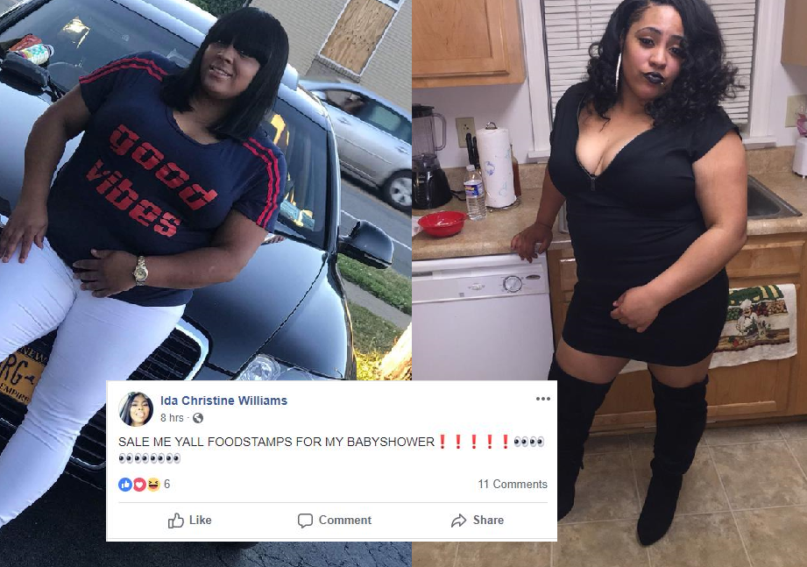 Food Stamp Friday: Pregnant Hood Heifer Really, Really Wants To ...
Food Stamp Friday: Pregnant Hood Heifer Really, Really Wants To ... YOU'RE ON FOOD STAMPS AND PREGNANT FOR YOUR SIXTH KID? KILL ...
YOU'RE ON FOOD STAMPS AND PREGNANT FOR YOUR SIXTH KID? KILL ... Many Low-Income Pregnant Women Don't Get Enough To Eat, Despite ...
Many Low-Income Pregnant Women Don't Get Enough To Eat, Despite ... I got pregnant with my 2nd kid so i could get more welfare and ...
I got pregnant with my 2nd kid so i could get more welfare and ... YOU'RE ON FOOD STAMPS AND PREGNANT FOR YOUR SIXTH KID? KILL ...
YOU'RE ON FOOD STAMPS AND PREGNANT FOR YOUR SIXTH KID? KILL ...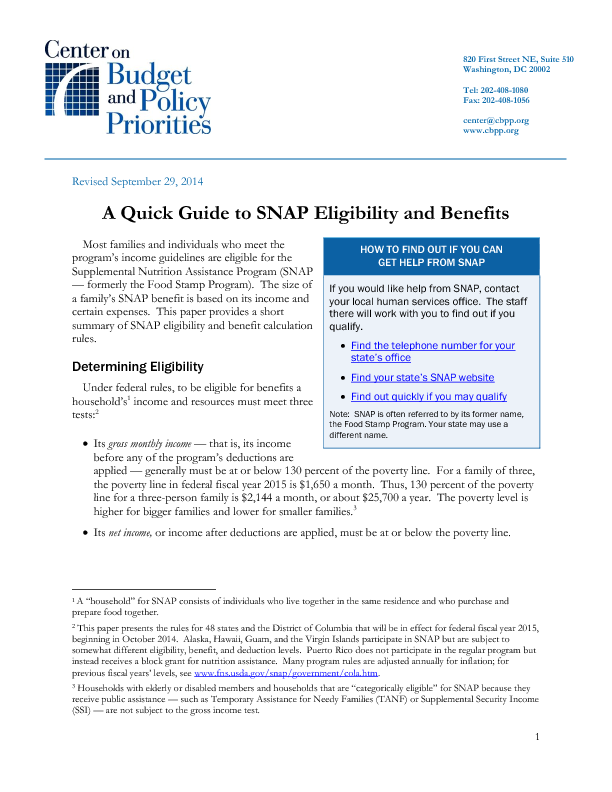 A Quick Guide to SNAP Eligibility and Benefits | Center on Budget ...
A Quick Guide to SNAP Eligibility and Benefits | Center on Budget ... Wisconsin Food Stamps Application Online Procedure
Wisconsin Food Stamps Application Online Procedure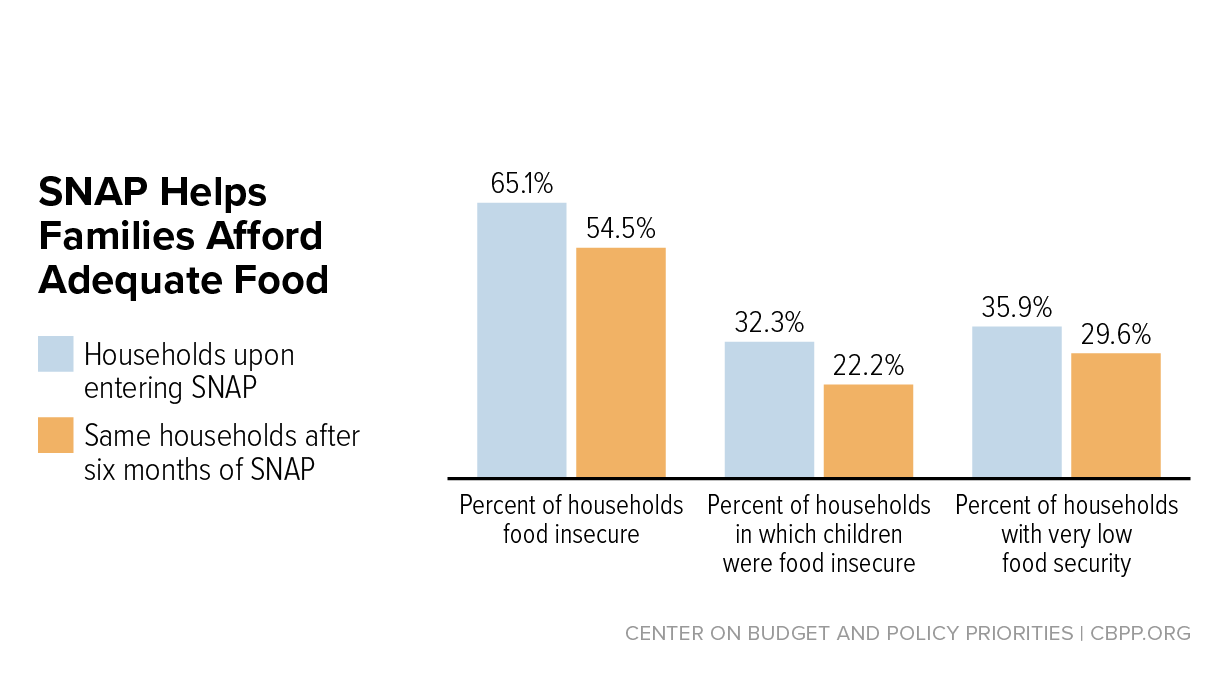 SNAP Works for America's Children | Center on Budget and Policy ...
SNAP Works for America's Children | Center on Budget and Policy ... Government Benefits | USAGov
Government Benefits | USAGov How to Get Food Stamps While Pregnant
How to Get Food Stamps While Pregnant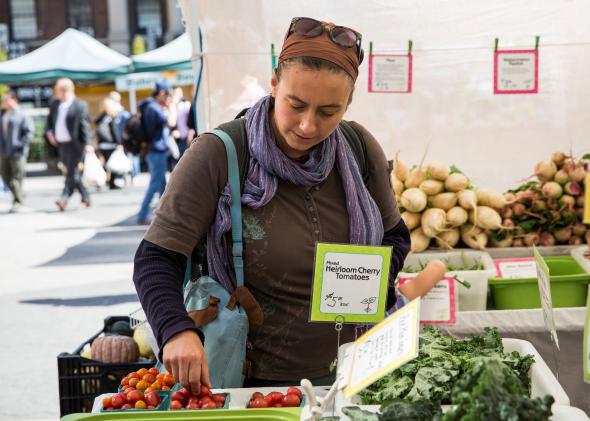 The WIC potato report: A symptom of the bureaucratic nightmare ...
The WIC potato report: A symptom of the bureaucratic nightmare ... I'm just wondering if I'm going to have enough': Shutdown creates ...
I'm just wondering if I'm going to have enough': Shutdown creates ... Trump administration tightens work requirements for SNAP, which ...
Trump administration tightens work requirements for SNAP, which ... Do I qualify? - Nevada WIC
Do I qualify? - Nevada WIC Did Beyonce Get Pregnant Naturally | s | Getting pregnant ...
Did Beyonce Get Pregnant Naturally | s | Getting pregnant ... SNAP Benefits: How to Qualify, Apply and How Much to Expect
SNAP Benefits: How to Qualify, Apply and How Much to Expect SNAP Works for America's Children | Center on Budget and Policy ...
SNAP Works for America's Children | Center on Budget and Policy ... Working on Food Stamps - WSJ
Working on Food Stamps - WSJ Your Texas Benefits - Texas Health and Human Services Commission
Your Texas Benefits - Texas Health and Human Services Commission Updated: Delaware Food Stamp Recipients Getting Early Payments ...
Updated: Delaware Food Stamp Recipients Getting Early Payments ...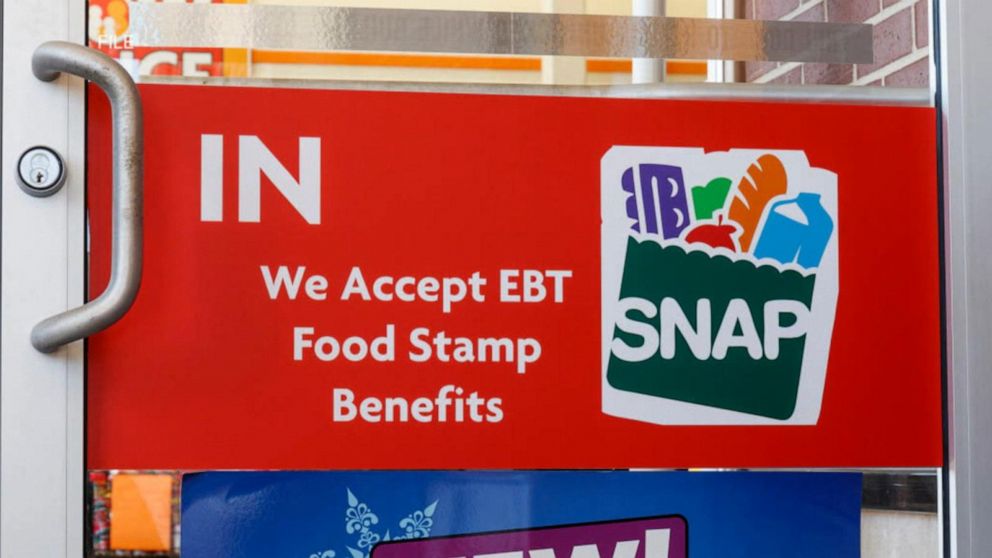 Trump administration adjusts work requirements for food stamp ...
Trump administration adjusts work requirements for food stamp ...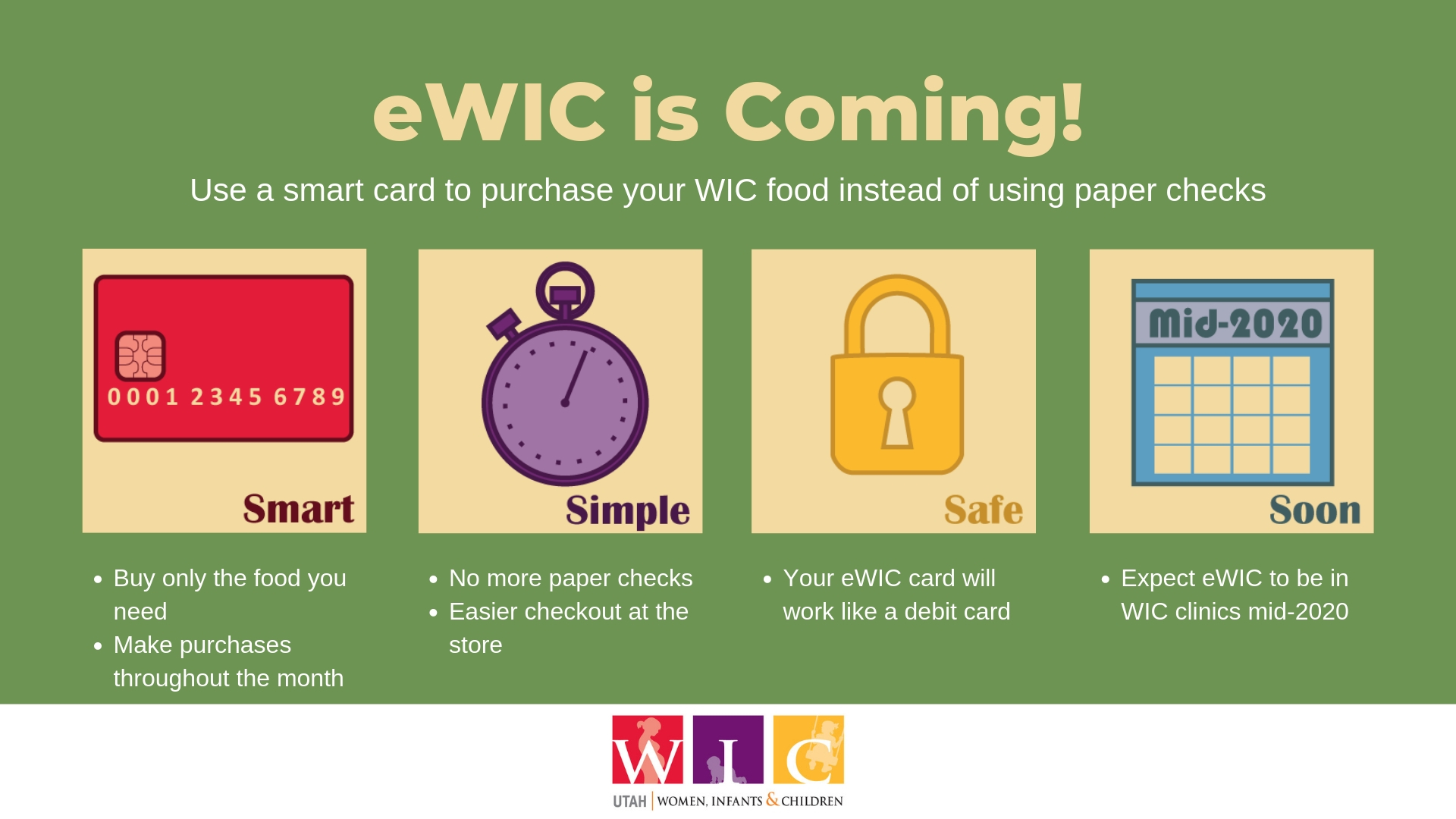 Home - WIC
Home - WIC Food Stamps And Mother Stock Photos & Food Stamps And Mother Stock ...
Food Stamps And Mother Stock Photos & Food Stamps And Mother Stock ... California, Nevada Among States Expected to Feel Harsher impact of ...
California, Nevada Among States Expected to Feel Harsher impact of ... Ally Maynard in 2009 Colorado Began Offering Teens Free IUDS ...
Ally Maynard in 2009 Colorado Began Offering Teens Free IUDS ... Donald Trump's 2020 Budget Cuts S220 Billion From SNAP Food Stamps ...
Donald Trump's 2020 Budget Cuts S220 Billion From SNAP Food Stamps ... Georgia Medicaid Income Limits for 2020 - Georgia Food Stamps Help
Georgia Medicaid Income Limits for 2020 - Georgia Food Stamps Help The Fresh Guide to EBT in California | Fresh EBT
The Fresh Guide to EBT in California | Fresh EBT My Food Stamps Cookbook by Baby Momma Rachel — Kickstarter
My Food Stamps Cookbook by Baby Momma Rachel — Kickstarter Florida Department of Children and Families - ACCESS Florida
Florida Department of Children and Families - ACCESS Florida 3 Simple Ways to Apply for Georgia Food Stamps - wikiHow
3 Simple Ways to Apply for Georgia Food Stamps - wikiHow Alaska prepares for changes in food stamps program that will ...
Alaska prepares for changes in food stamps program that will ... New rules can deny green cards for immigrants on food stamps
New rules can deny green cards for immigrants on food stamps I Ate Lobster On Food Stamps. It Was Delicious.
I Ate Lobster On Food Stamps. It Was Delicious. Trump Administration To Tighten SNAP Work Requirement | On Point
Trump Administration To Tighten SNAP Work Requirement | On Point Nearly 700,000 To Lose Food Stamps Under Trump Rule
Nearly 700,000 To Lose Food Stamps Under Trump Rule Georgia Pregnancy Medicaid Eligibility - Georgia Food Stamps Help
Georgia Pregnancy Medicaid Eligibility - Georgia Food Stamps Help So, pregnant teenage girls get food stamps, free medical insurance ...
So, pregnant teenage girls get food stamps, free medical insurance ... California could bear brunt of Trump food stamp cuts | CalMatters
California could bear brunt of Trump food stamp cuts | CalMatters SNAP rule change would cut food stamp benefits to 700,000 ...
SNAP rule change would cut food stamp benefits to 700,000 ... Receipt of SNAP Benefits (Food Stamps) - Child Trends
Receipt of SNAP Benefits (Food Stamps) - Child Trends Food Assistance | Department of Human Services
Food Assistance | Department of Human Services Runny eggs 'safe' for pregnant women to eat, says report | The ...
Runny eggs 'safe' for pregnant women to eat, says report | The .../close-up-rear-view-mother-and-daughter-holding-hands-595348025-5988ec5e396e5a00114420d4.jpg) Food Stamps and Child Support
Food Stamps and Child Support The Fresh Guide to EBT in Georgia | Fresh EBT
The Fresh Guide to EBT in Georgia | Fresh EBT SNAP Works for America's Children | Center on Budget and Policy ...
SNAP Works for America's Children | Center on Budget and Policy ... Changes coming to Arkansas food stamps program | KATV
Changes coming to Arkansas food stamps program | KATV Trump administration moves to impose stricter work requirements ...
Trump administration moves to impose stricter work requirements ...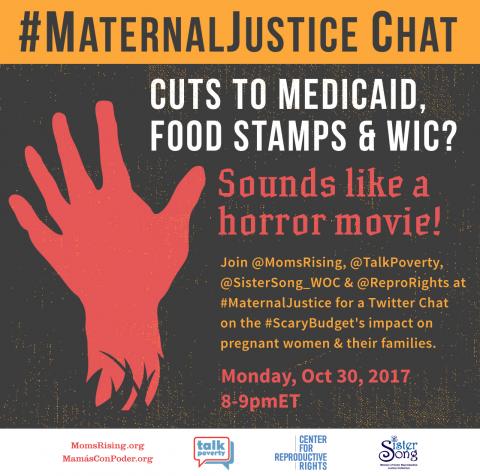 ScaryBudget & the Health of Pregnant Women | MomsRising
ScaryBudget & the Health of Pregnant Women | MomsRising Louisiana releases details on SNAP changes
Louisiana releases details on SNAP changes Louisiana and the ACA's Medicaid expansion: eligibility ...
Louisiana and the ACA's Medicaid expansion: eligibility ... Shutdown could delay food stamps | News | thehendersonnews.com
Shutdown could delay food stamps | News | thehendersonnews.com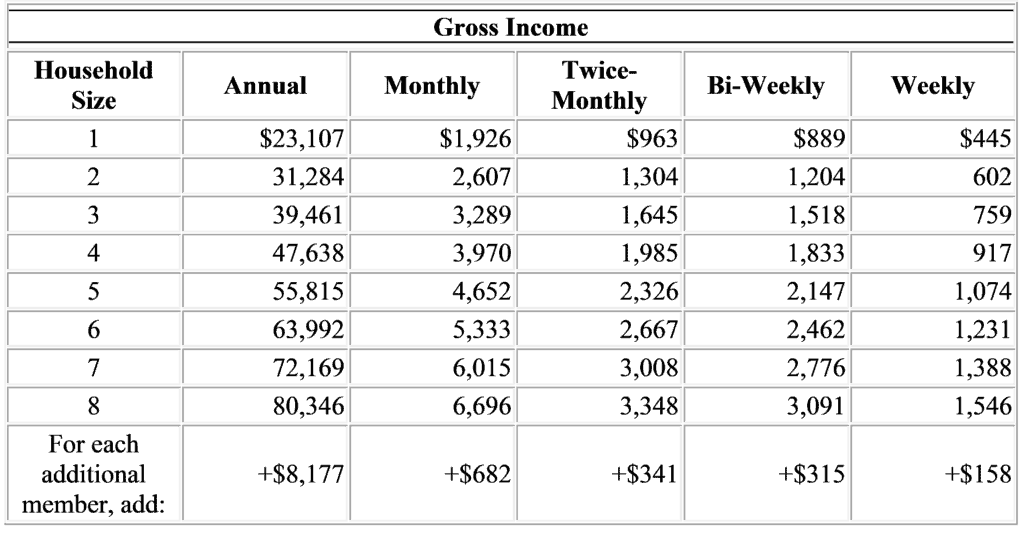 Eligibility – WICstrong
Eligibility – WICstrong New SNAP Food Stamp Rules April 1, 2020 - Need Help Paying Bills Blog
New SNAP Food Stamp Rules April 1, 2020 - Need Help Paying Bills Blog
Posting Komentar
Posting Komentar